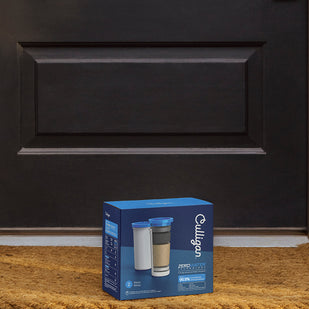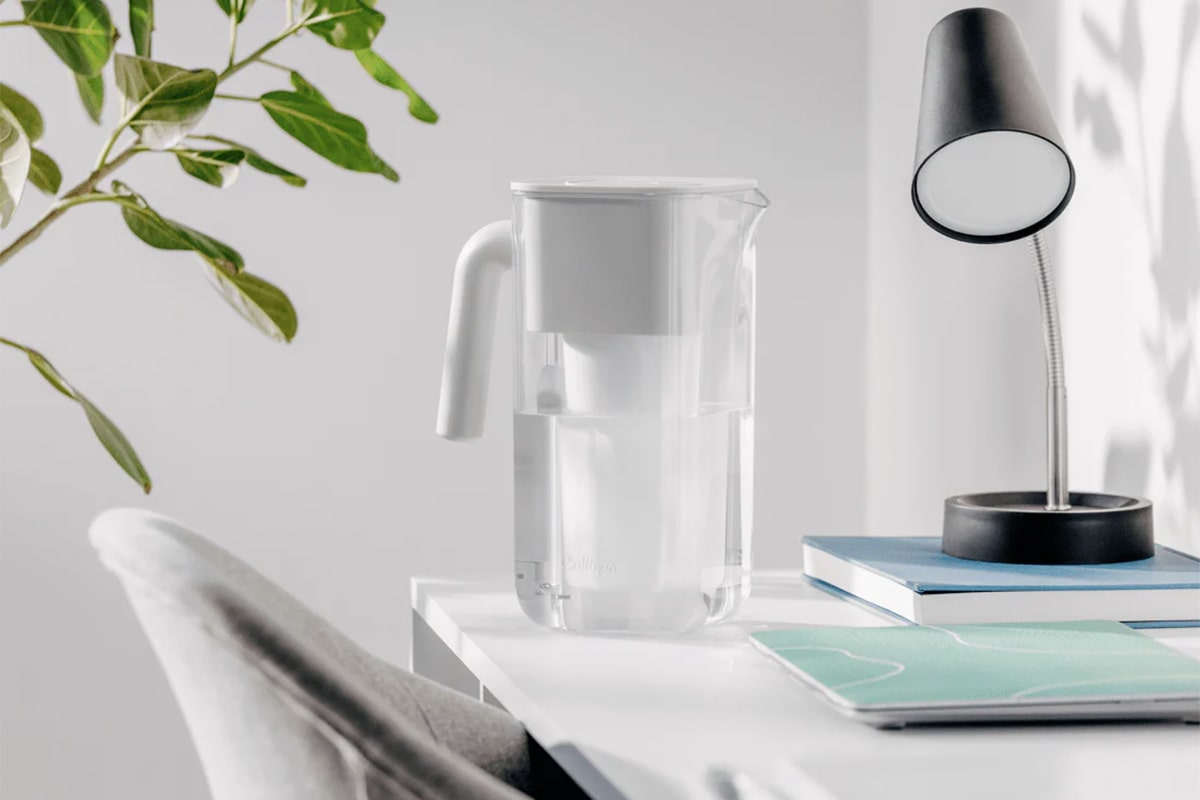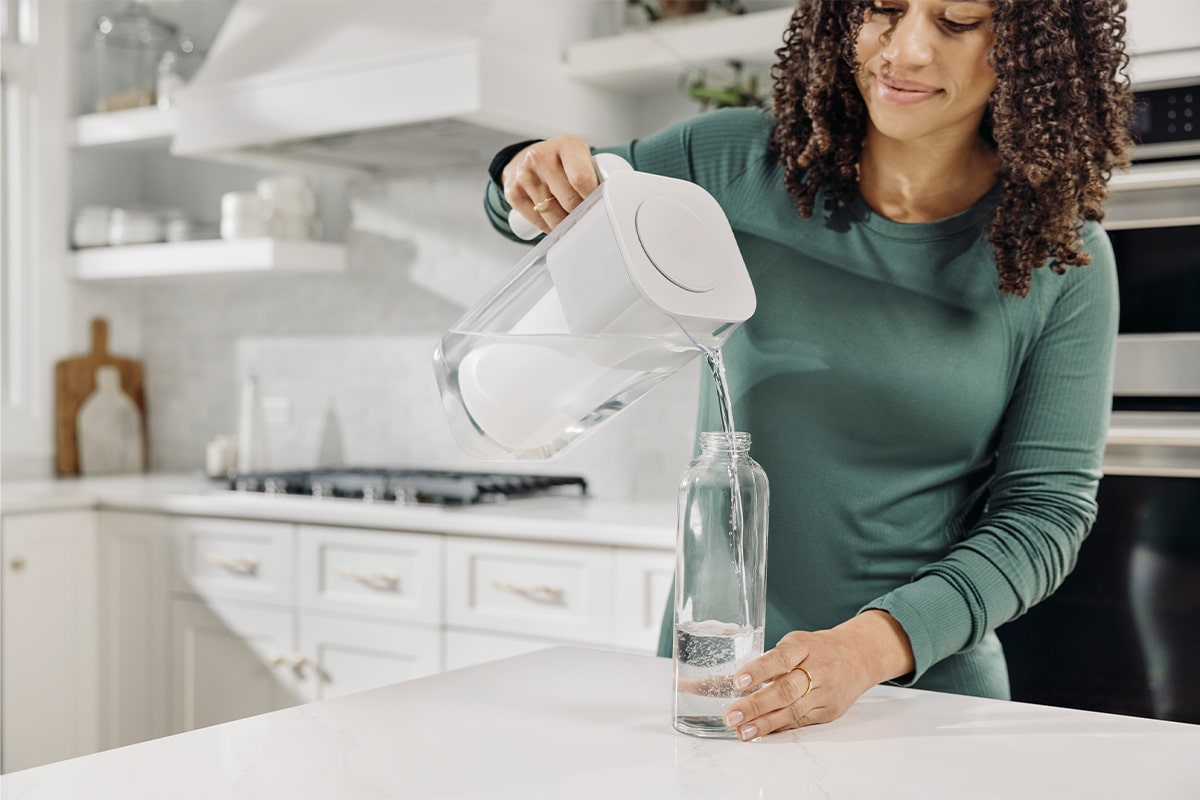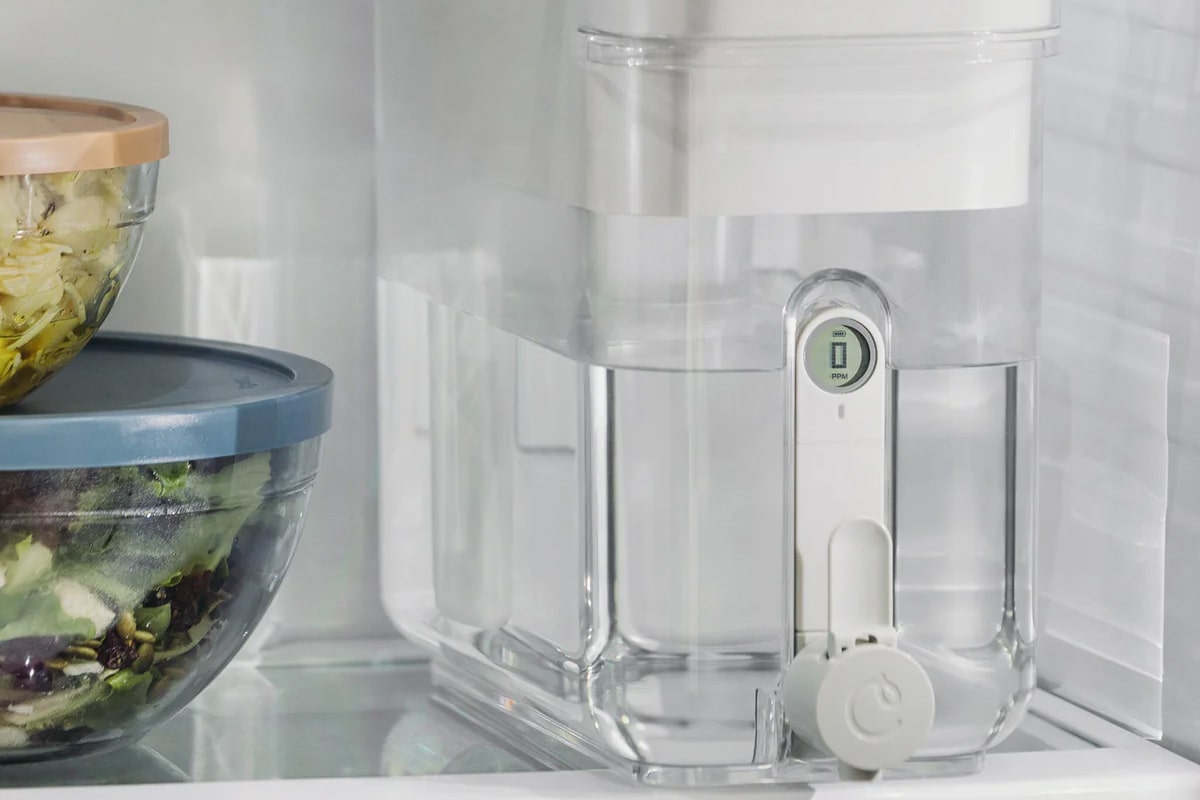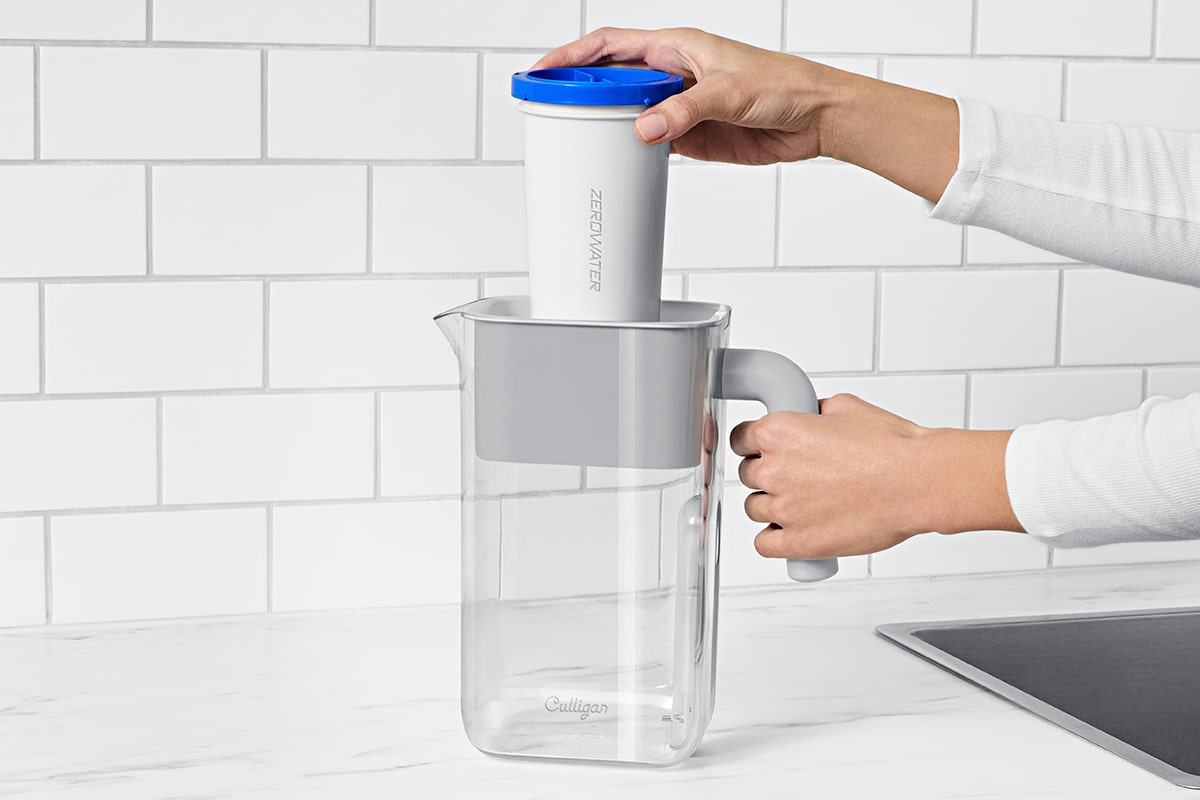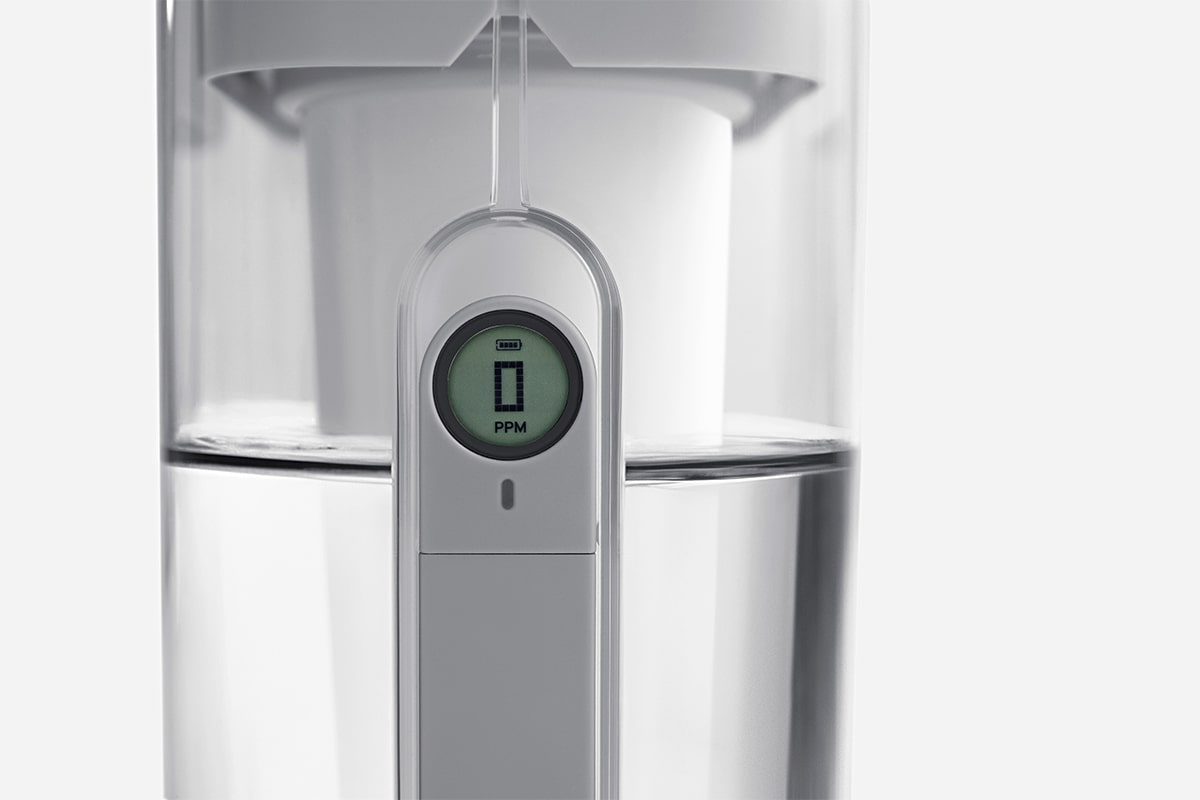August marks Water Quality Month, a time to focus on what flows from our taps and into our bodies. While much attention is given to lead, there’s a quieter question we should be asking: is copper in water dangerous?
In many UK homes, copper is a common yet overlooked contaminant, often making its way into drinking water without notice. For families, property managers, and health-conscious households, knowing how to spot and reduce copper is key.
According to the UK Drinking Water Inspectorate, water supplied to homes must not exceed 2mg/L of copper to remain within safe limits. In this blog, we’ll explore where copper comes from, the risks it can pose, and how our Culligan with ZeroWater Technology filters can help you take control of your water quality.
Understanding Copper in UK Tap Water
Copper in UK tap water often comes from within our own walls. When plumbing systems contain copper pipes, corrosion over time can cause small amounts of the metal to leach into the water. This is more likely in older homes or in properties where the water is more acidic.
While trace copper is naturally present in groundwater, the greatest concern for households is usually pipe corrosion rather than what’s in the natural water source.
Copper can also enter the supply through certain fittings and fixtures, especially those made from brass or bronze, which contain copper alloys. Over long contact periods, such as water sitting overnight in pipes, these materials can release more copper into the water.
For more details on the long-term safety of tap water, see our blog on how safe your tap water is for long-term health.
Is Copper in Water Dangerous?
So, is copper in water dangerous? Copper in drinking water can be both essential and potentially harmful, depending on the amount consumed over time.
Safe Levels and Guidelines
The safe copper levels for water in the UK are set at 2mg/L, in line with World Health Organization guidance. At or below this level, copper is generally considered safe for healthy adults. However, above it, the risk of adverse effects increases, particularly for vulnerable groups.
Health Risks for Different Groups
- Infants: More susceptible to copper’s toxic effects because their bodies cannot easily process excess levels.
- Pregnant Women: High levels can pose developmental risks for the unborn child.
- Older Adults: May experience more severe health impacts due to age-related changes in liver and kidney function.
Short-term overexposure can cause nausea, vomiting, diarrhoea, and a metallic taste. Long-term, it has been linked to liver damage and, in some cases, mood disturbances such as irritability and depression.
You can read more about these risks and how to address them in our dedicated blog on the health risks of copper and how to solve them.
How to Detect Copper in Your Water
If you’re wondering how to detect copper in water, there are a few tell-tale signs and practical testing methods to consider.
Possible indicators include:
- A metallic taste in your drinking water
- Blue-green stains around taps, sinks, or inside kettles
- Changes in water clarity when left to stand
These signs can be linked to copper pipe corrosion and drinking water issues. However, to be certain, you’ll need to test for it.
Home testing kits are available for quick checks, but for a more detailed breakdown of metal contaminants in drinking water, consider professional laboratory testing. This provides accurate results for copper and other metals that may be present.
Reducing and Removing Copper
If your water contains elevated copper levels, there are several steps you can take to address it. Flushing your taps for a short time before use can help, especially first thing in the morning, but it is not a complete solution. Replacing old or corroded pipes is a longer-term fix, though it can be costly.
For a practical and affordable approach, filter jugs for copper removal offer an immediate solution. At Culligan, our five-stage advanced filters are certified to reduce 99.6% of copper when tested over 150 litres, significantly lowering the risks of copper in plumbing.
For more on how our filters support better everyday health, see our blog on the health benefits of Culligan with ZeroWater Technology water filter jugs.
Protecting Your Home from Copper Contamination
Managing copper is not only about removal, but also about prevention. Regularly inspecting your plumbing for corrosion, replacing outdated pipework, and ensuring fixtures meet modern safety standards all help. Water suppliers can also advise on local water chemistry, which plays a role in how quickly pipes corrode.
Beyond copper, there’s a broader picture when it comes to water contamination advice. UK residents should also be aware of other heavy metals in tap water, ensuring they take a proactive approach to protecting their household supply.
By combining preventative maintenance with certified filtration, you can reduce the risk of contaminants in your drinking water.
Take Control of Your Water Quality Today
Monitoring and managing copper in water is part of good home safety and environmental protection. This Water Quality Month, test your water and explore our Culligan with ZeroWater Technology filtration solutions.
Our premium 5-stage filters remove up to 99.6% of copper, are certified to reduce 99.8% of lead, and 99.7% of total PFAs. Whether you choose our filter jugs or dispensers, you’ll enjoy crisp, pure-tasting water in every glass.
